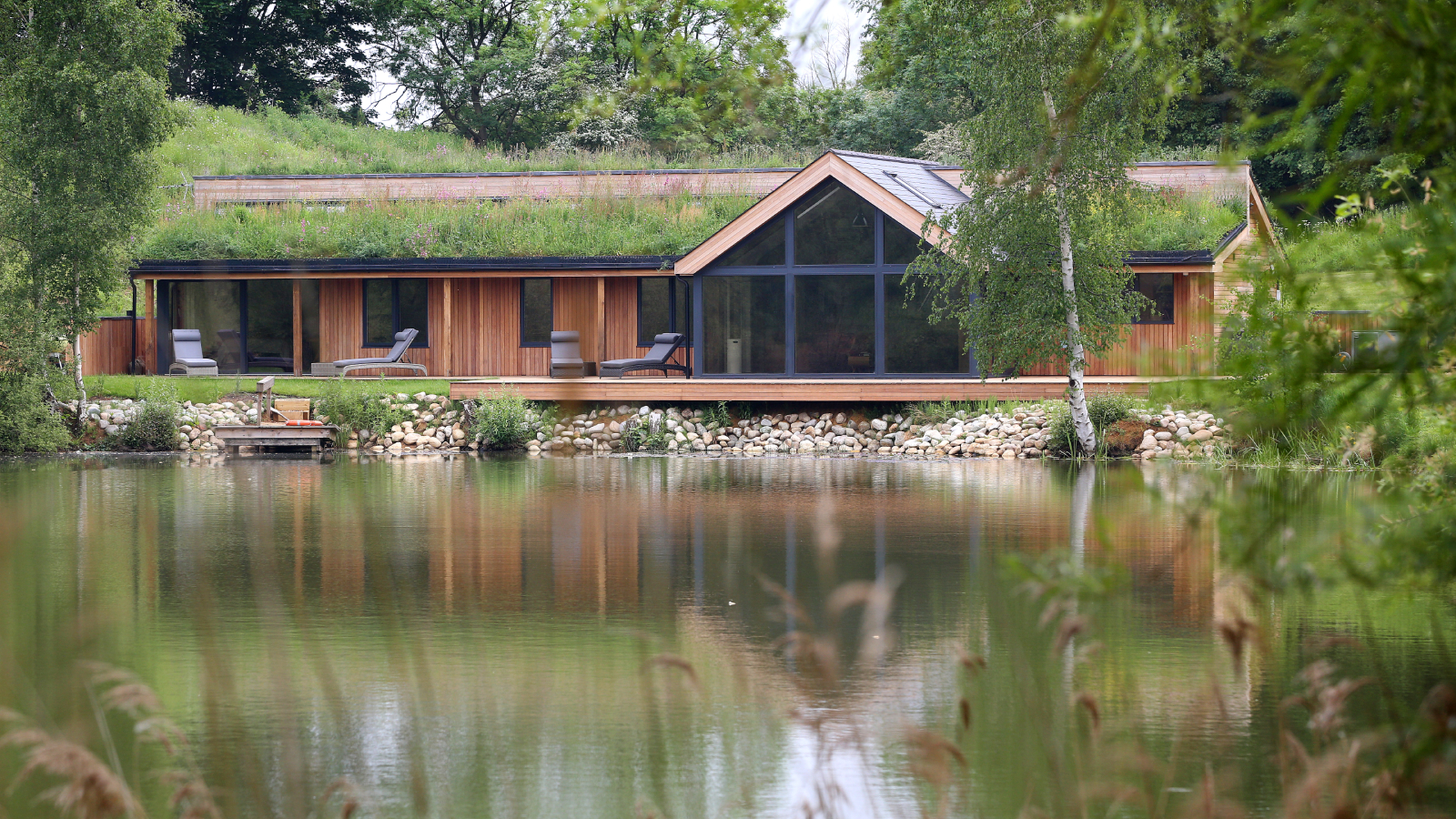4 design ideas to steal from this award-winning extended barn conversion
This stylish and efficient barn conversion and extension is filled with clever details and designs that makes the spaces shine — take a tour of this stunning home
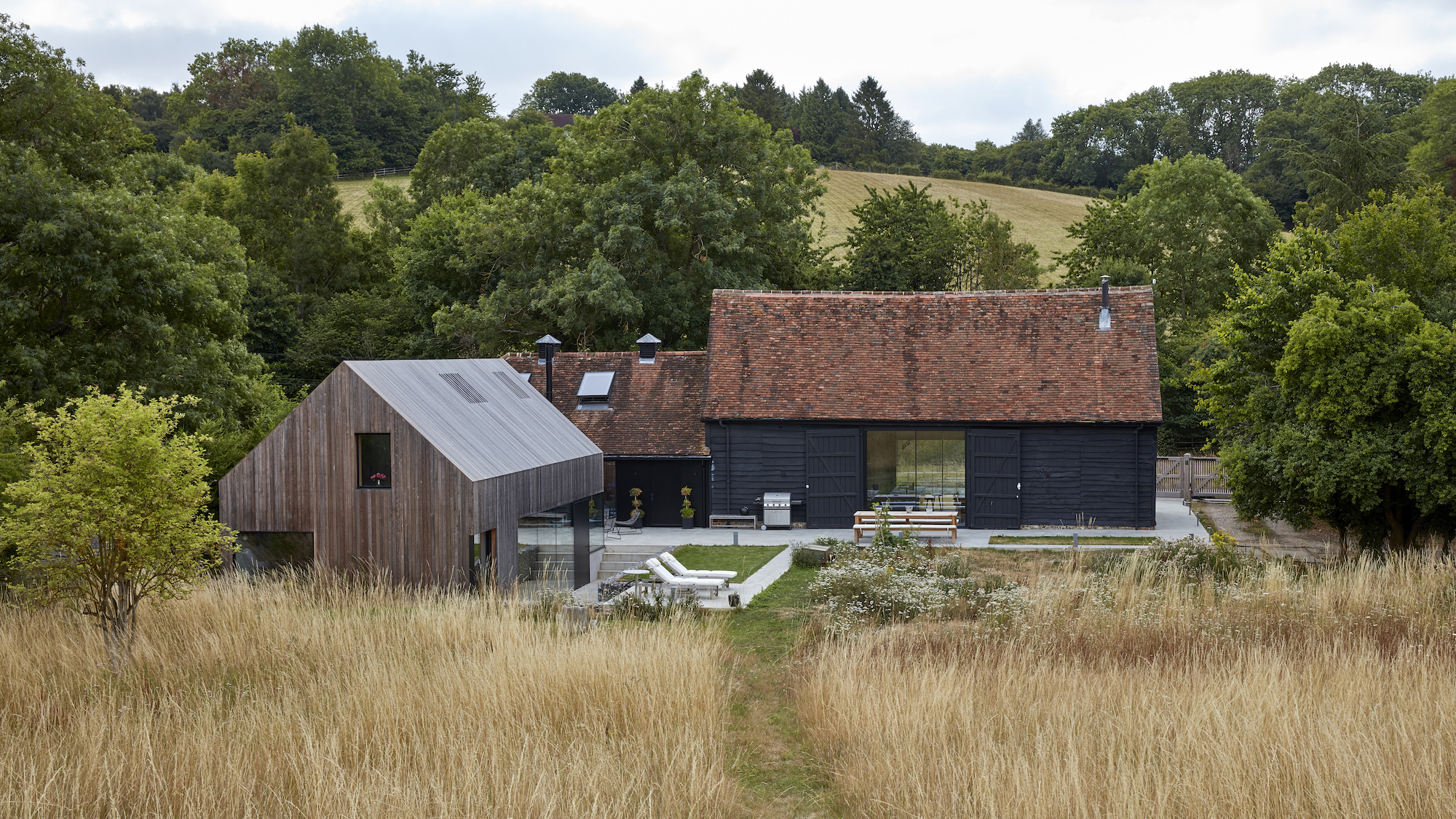
To say that Jeremy and Melanie Offer are happily ensconced in their countryside home in Henley-on-Thames is an understatement, nevertheless their story is one of surprises. Five years ago they were living in Cheshire when Jeremy heard that his work would now be based in the south, at which point they suddenly found themselves relocating.
They could have settled for finding a home conveniently close to Jeremy’s new workplace but they took a different approach. “Instead of focusing on one specific area to live in, we looked for our ideal property first,” says Melanie. “We fancied an adventure.”
So when the pair heard about a barn with potential in Henley-on-Thames, they drove down to look at it, both with low expectations, but as soon as they got out of the car they were smitten and soon after put in an offer on it.
“The man who lived here before was an architect and I think he converted it from a falling down barn in the 1990s,” says Jeremy. “It was converted into a home and he’d done the structural work really well.”
Here, the couple explain how building an extension, together with a host of clever interior design ideas, transformed the property into their stunning 21st-century home.
1. Build a contemporary extension
When the couple were in the process of moving down from Cheshire, they needed a place to stay and ended up renting a local cottage that was annexed to an old barn that had been renovated by Luke McLaren of McLaren Excell Architects.
That barn was Luke’s father’s and as well as the building providing barn conversion ideas and inspiration for the whole project, it also cemented the Offers’ working relationship with McLaren Excell.
Bring your dream home to life with expert advice, how to guides and design inspiration. Sign up for our newsletter and get two free tickets to a Homebuilding & Renovating Show near you.
“The barn came with planning permission to build an extension but the design wasn’t to our taste so we put in for a retrospective planning application to redesign it,” says Jeremy.
The old barns had limitations — in both the amount of family living space they could offer and in the building’s potential environmental performance. The solution to the first problem was to build a new barn-style extension to house the sleeping quarters.
“When it came to the design of this, we discussed it at length with McLaren Excell,” says Jeremy. “Being a designer myself, I actually modelled and rendered a few views of how I wanted it to look, then Luke and the team added layers we hadn’t thought about, as well as many other important details.”

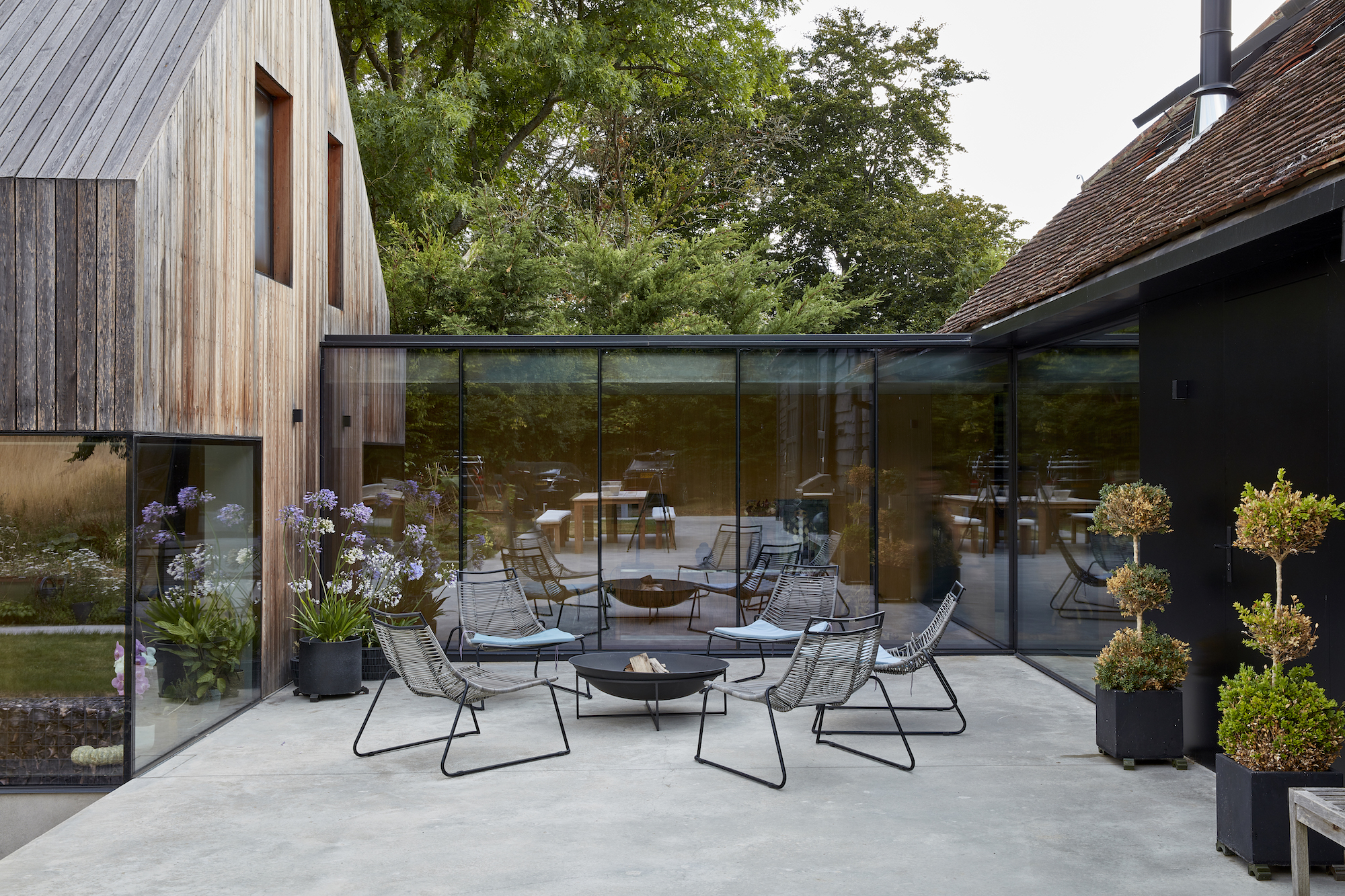
2. Create a layout which flows
The couple decided to turn the old barn and its adjacent 19th-century cart shed into their main living quarters. “You see so many conversions where the barn is divided up into various rooms, thereby losing the character of the whole space, but we wanted to keep it as honest as we could,” adds Jeremy.
And so when they came to building an interior structure to house the kitchen, pantry, cloakroom and mezzanine office, they made it freestanding and not in contact with the 17th-century timber frame. “It was our way of showing respect to the Grade II-listed building,” says Jeremy.
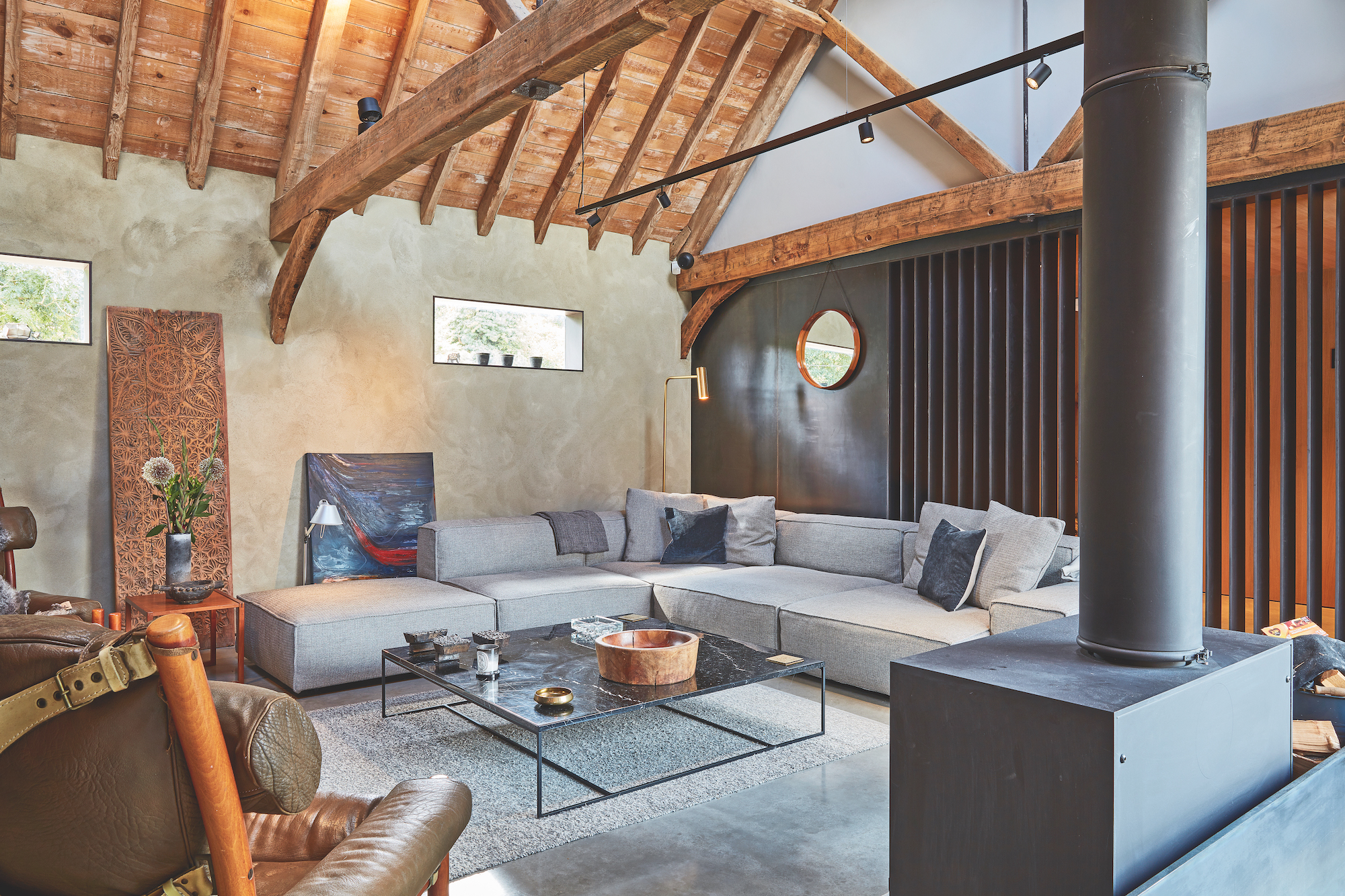
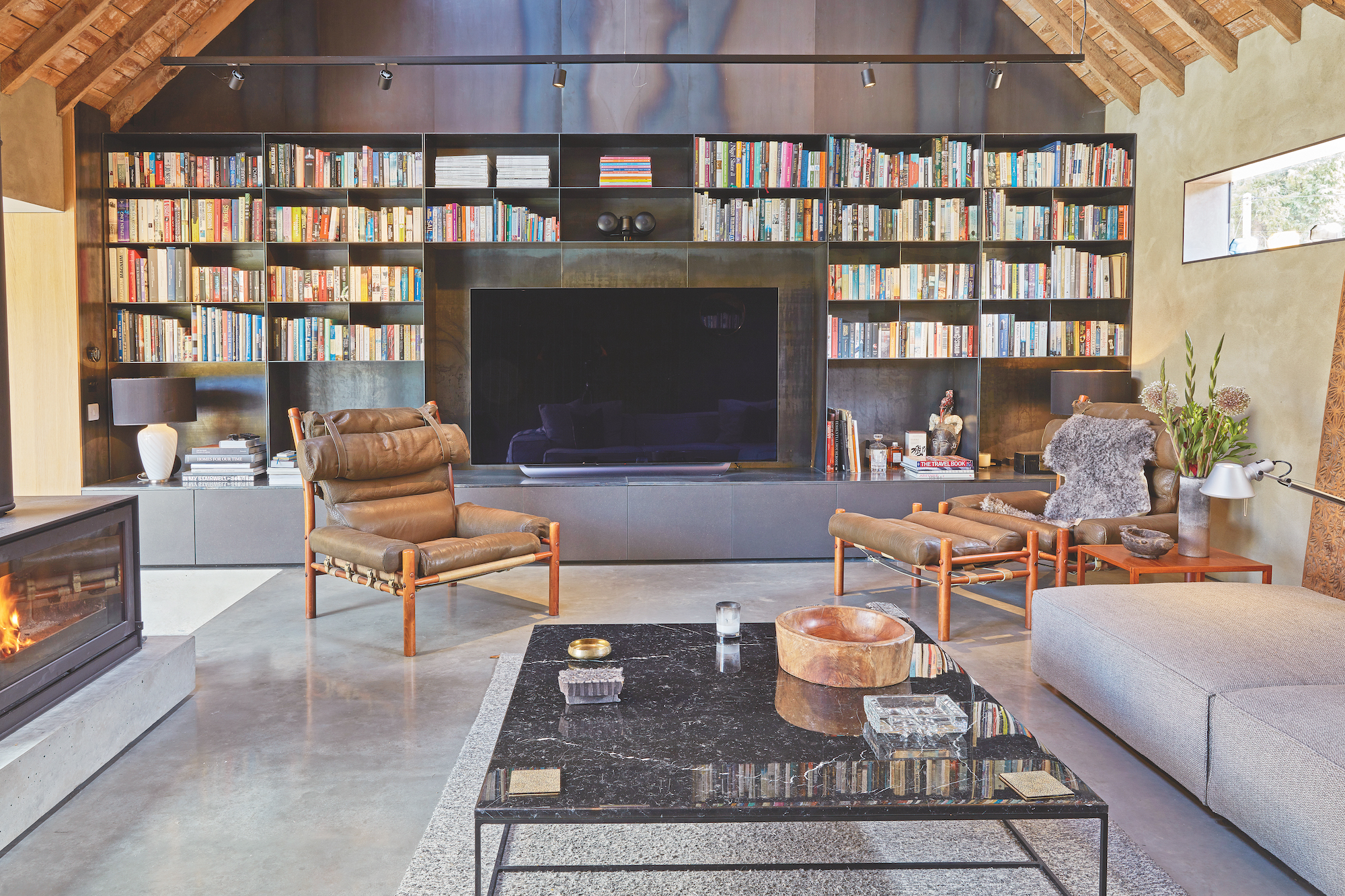
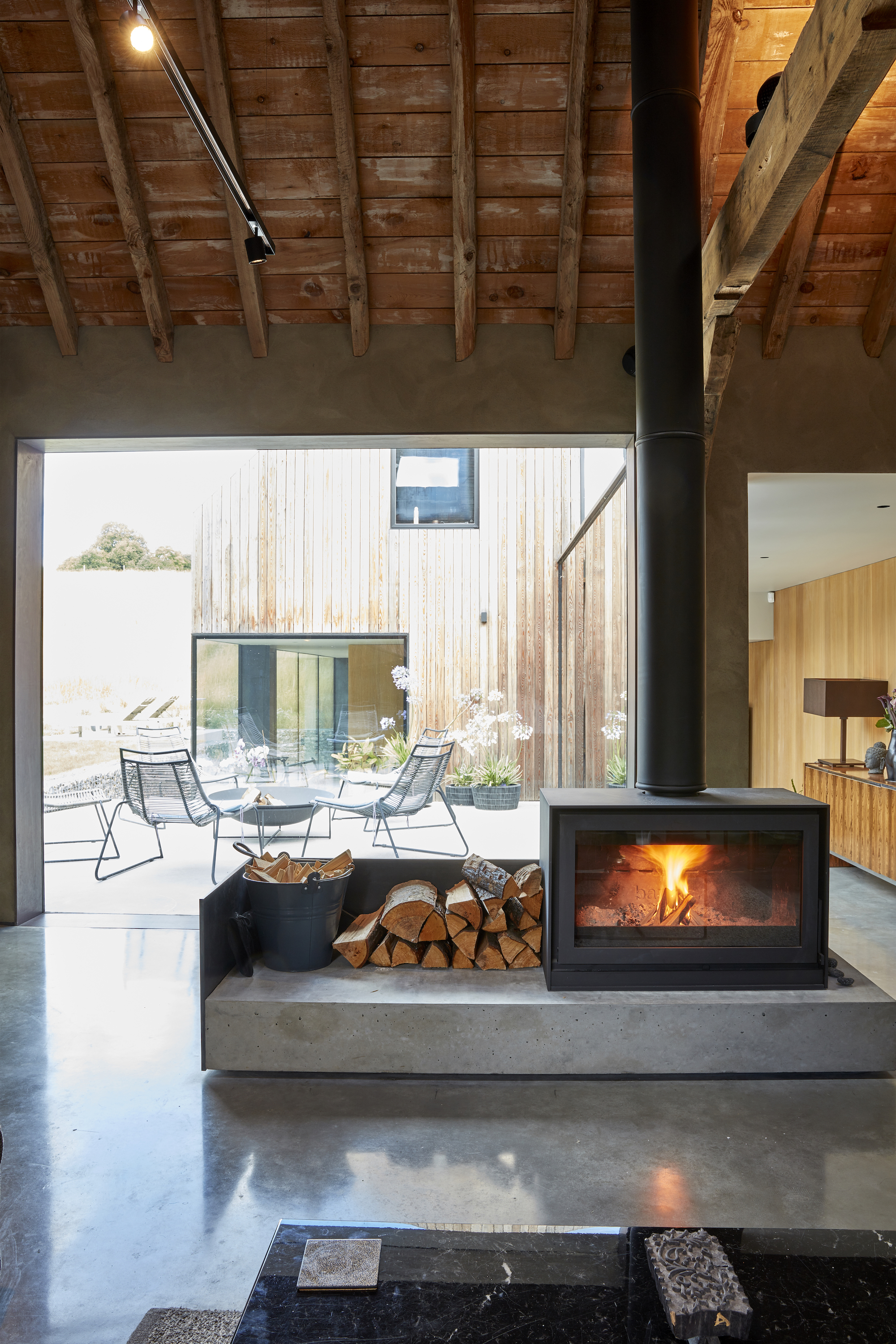
3. Include honest, but efficient materials
With the interior design, Melanie says they just wanted something unfussy: “It’s a rural property so we needed to incorporate materials that are robust — this concrete floor means we don’t have to worry about traipsing about in our shoes or the dogs clattering around,” she says.
“Plus the floor is heated by the ground source heat pump, which is really effective. We were worried this would be a big draughty barn but, amazingly, it’s one of the areas with the warmest, most even temperature.”
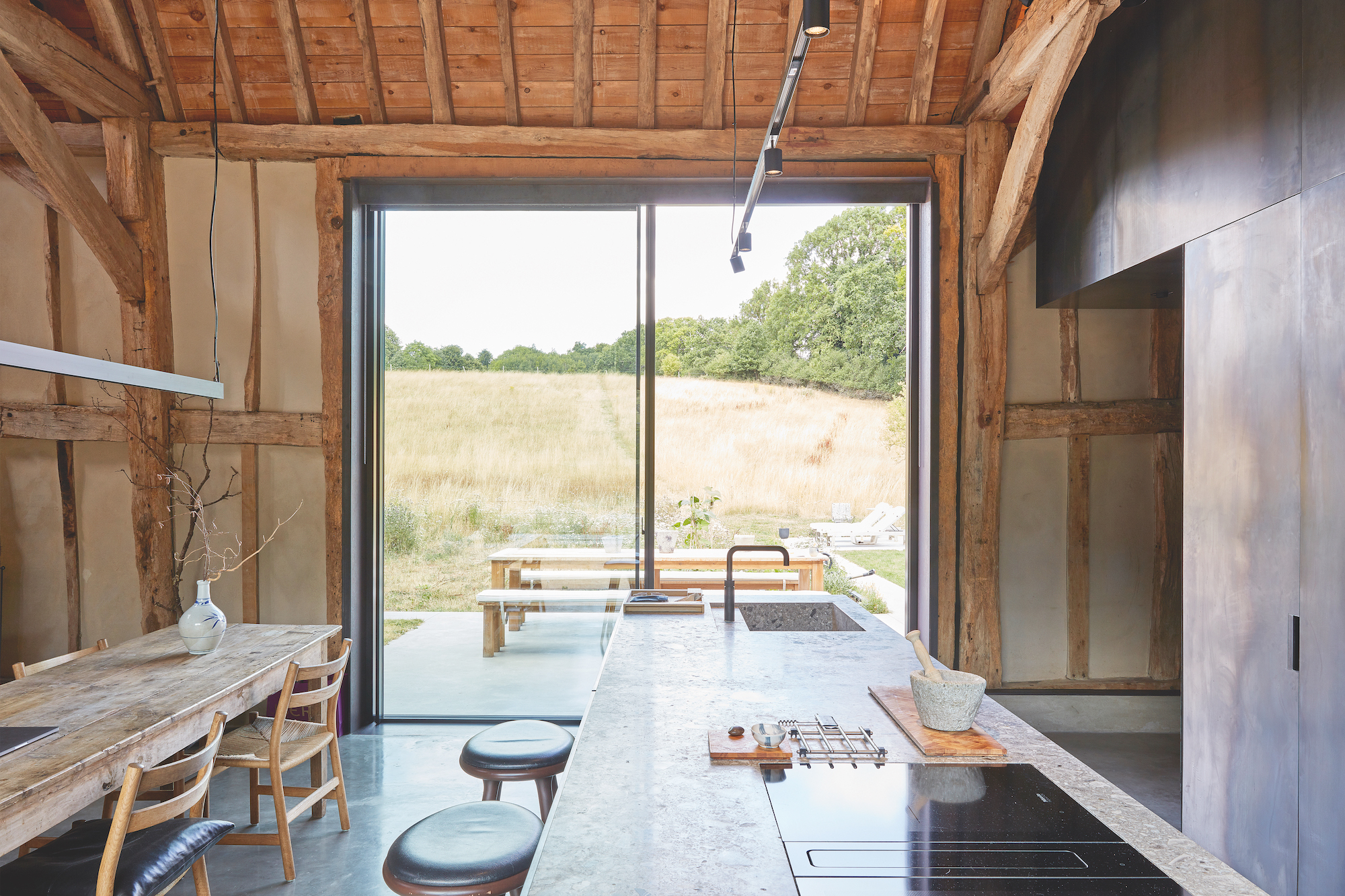
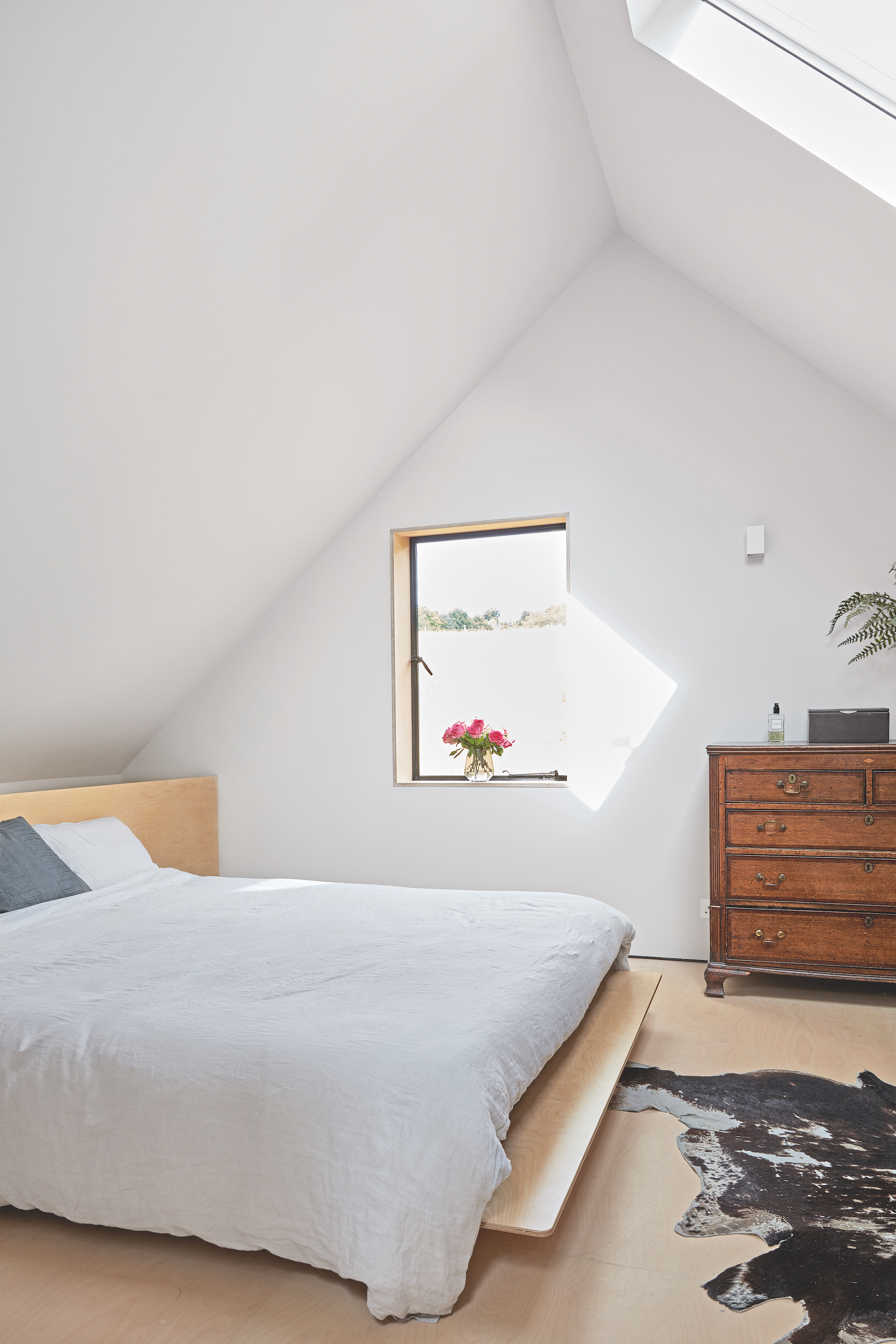
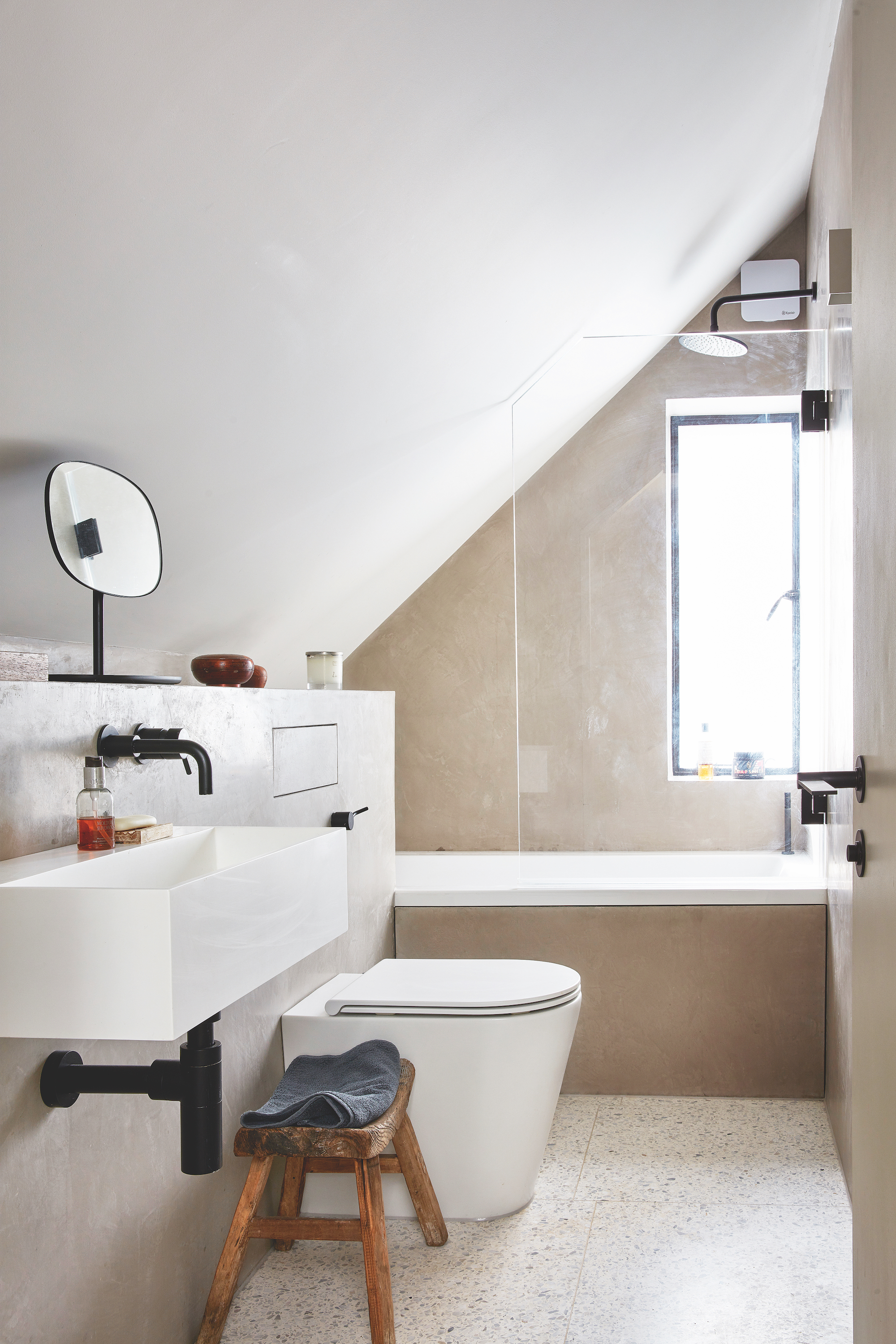
4. Consider a steel kitchen hub
While the use of steel detailing could seem incongruous in a period-style property, Jeremy and Melanie have used it sympathetically in the old barn.
“I think it’s seen to best effect on the steel-clad kitchen cabinetry,” says Melanie. “It needs to be seen in real life to do it justice — the way it reflects the light and the resulting patterns that form on its surface create a stunning contrast with the surrounding oak framework.”
And according to Alex Streatfield of McLaren Excell, the choice of raw black steel reflects the industrial heritage of the building, in finishes adapted to function in various environments, from joinery cladding to storage, fireplaces and window apertures. “Black light fittings were also chosen to complement the black of the raw steel, with their added advantage of disappearing into the shade of the barn rafters,” he says.
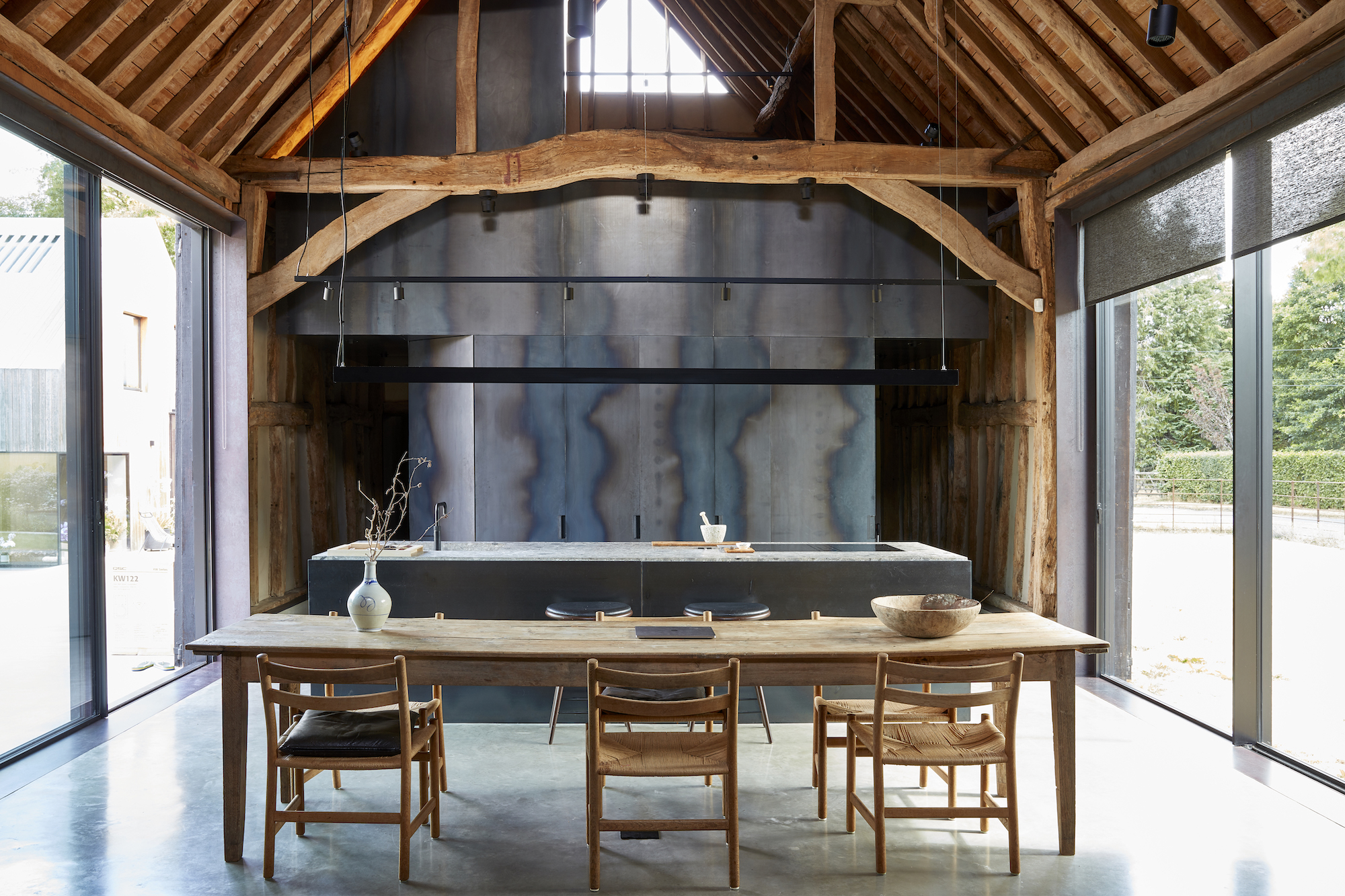
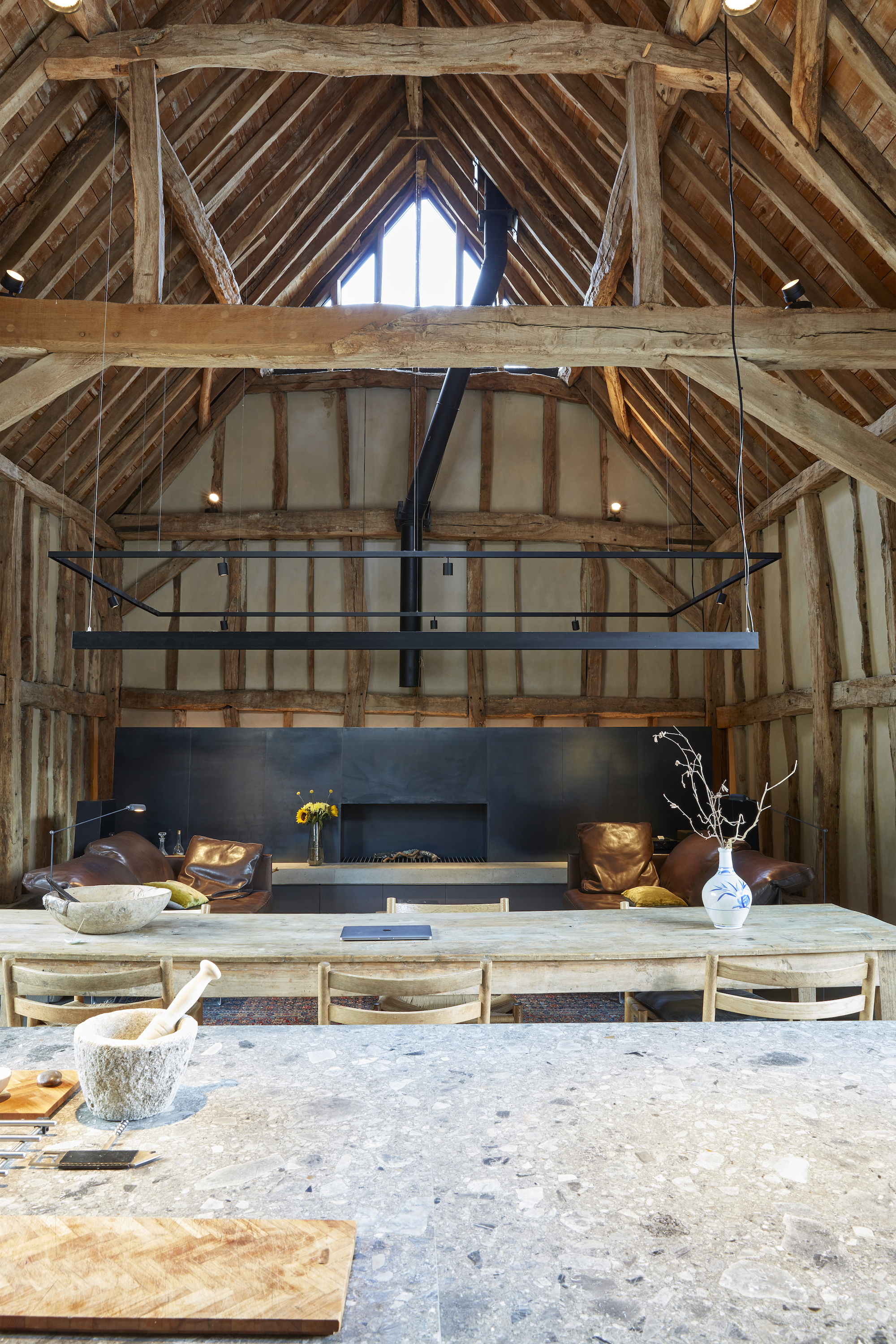
Seán is an experienced writer with a specialism in homes journalism. He was formerly Chirf Sub of Elle Decoration & Practical Parenting, then Associate Editor of 25 Beautiful Homes magazine. Since 2016, he has been a freelance writer and editor specialising in interiors magazines inc. Living Etc, Homes & Gardens, 25 Beautiful Homes and Homebuilding & Renovating.
